Art history
Art history written for scrollers with short attention spans.
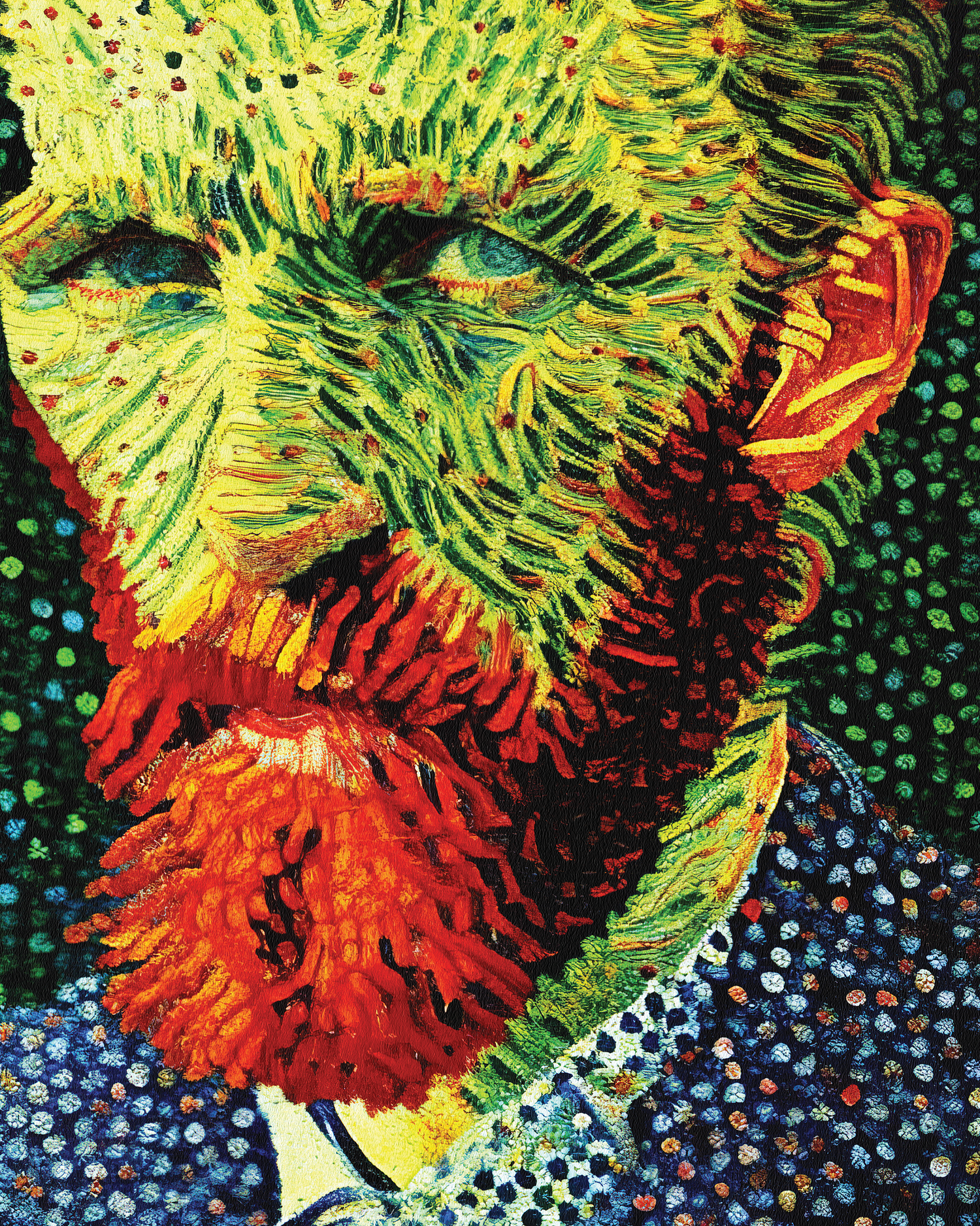
Vincent van Gogh
Vincent van Gogh (1853-1890) was a Dutch post-Impressionist painter whose work had a far-reaching influence on 20th-century art. He is best known for his iconic paintings such as Starry Night and Sunflowers. He suffered from mental illness and died in 1890 as a result of a self-inflicted gunshot wound. His painting style was characterized by bold colors and dramatic, impasto brushstrokes. He is now viewed as one of the most influential artists of all time and his work continues to inspire and influence modern art. Van Gogh was born in Groot-Zundert, Netherlands, and lived in several cities throughout Europe. He lived in the Netherlands, France, and Belgium during his lifetime, often moving between the three countries in search of inspiration for his artwork. His final residence was in Auvers-sur-Oise, France, where he lived from 1890 until his death the same year.
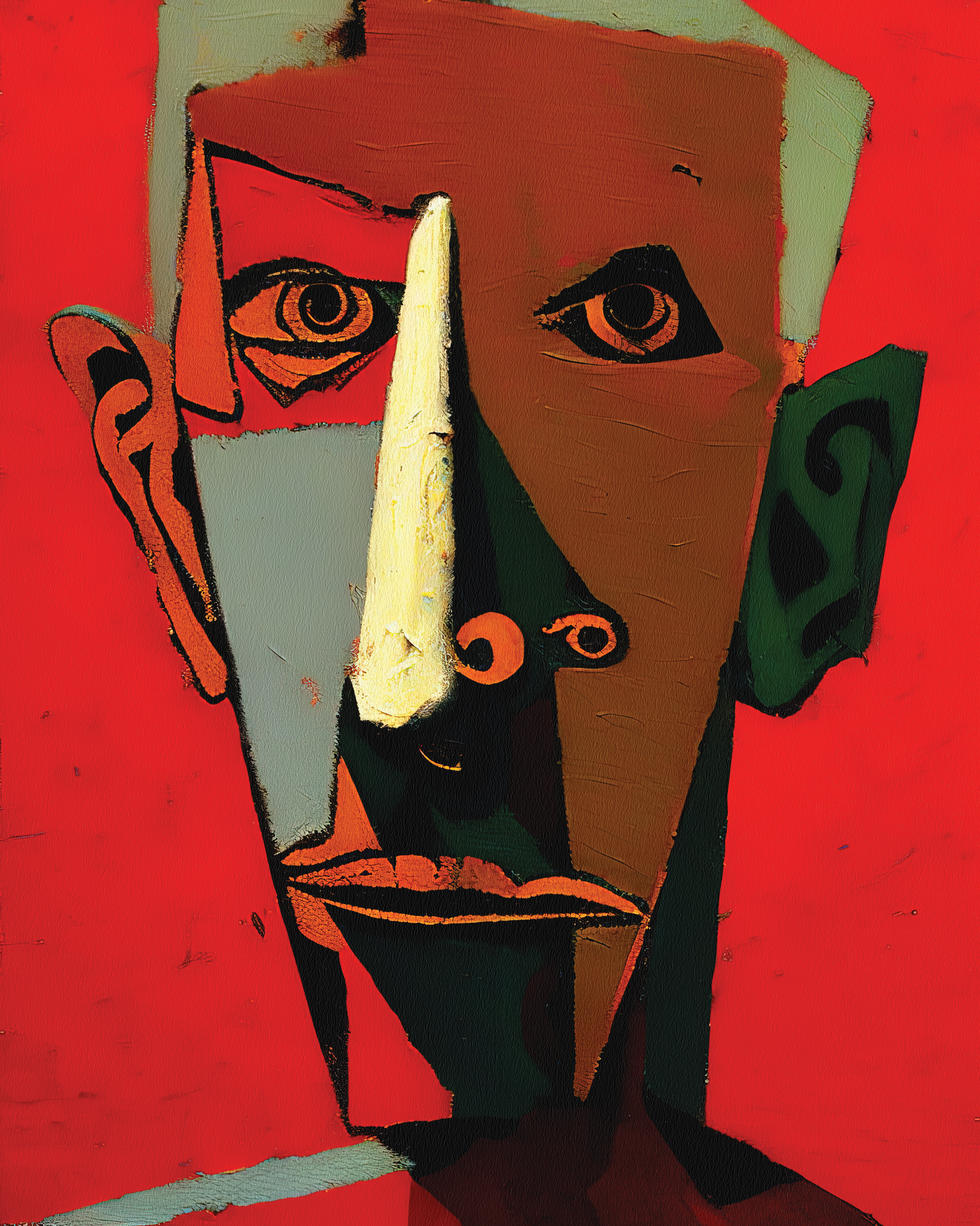
Pablo Picasso
Pablo Picasso (1881-1973) was a Spanish painter, sculptor, printmaker, ceramicist, stage designer, poet and playwright who spent most of his adult life in France. Regarded as one of the most influential artists of the 20th century, he is known for co-founding the Cubist movement, the invention of constructed sculpture, the co-invention of collage, and for the wide variety of styles that he helped develop and explore. Among his most famous works are the proto-Cubist Les Demoiselles d'Avignon (1907) and Guernica (1937), a portrayal of the German bombing of Guernica during the Spanish Civil War. Pablo Picasso spent most of his adult life in France. He was born in Malaga, Spain, and moved to Paris in 1904. He also had a studio in Barcelona, Spain and spent some time in the south of France, in the Riviera. His full name was Pablo Diego José Francisco de Paula Juan Nepomuceno María de los Remedios Cipriano de la Santísima Trinidad Martyr Patricio Clito Ruíz y Picasso.
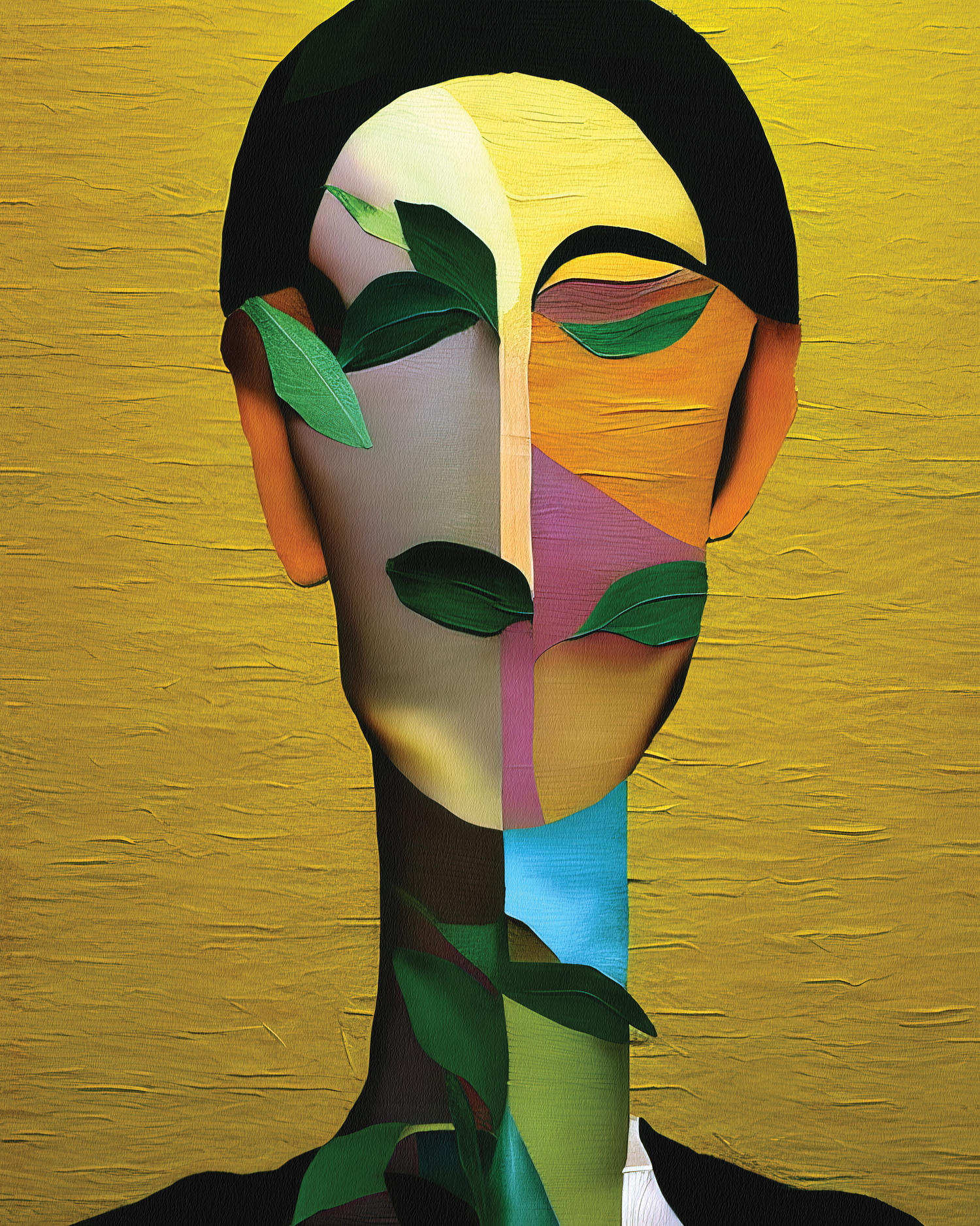
Georgia O'Keeffe
Georgia O'Keeffe (1887-1986) was an American artist from Sun Prairie, Wisconsin. She was an incredibly influential figure in modern art, often credited with being one of the first female artists to achieve world-wide fame. O'Keeffe was best known for her paintings of enlarged flowers, New York skyscrapers, and New Mexico landscapes. Her abstract works were often praised for their vibrant colors and dynamic shapes. O'Keeffe was also a vocal advocate for women's rights and was the first woman to have a solo exhibit at the Museum of Modern Art in New York City. Georgia O'Keeffe lived in Sun Prairie, Wisconsin for the first ten years of her life before moving to Virginia and then New York City. She frequently visited New Mexico throughout her life and eventually made the decision to move there permanently in 1949. O'Keeffe spent the rest of her life in New Mexico, living in various locations, including Ghost Ranch, Abiquiu, and Santa Fe.

The Golden Ratio
The Golden Ratio Theory is a prominent theory of aesthetics that suggests that there is an ideal proportion or ratio of elements that is considered aesthetically pleasing. This theory has been used throughout history by many famous artists and architects, such as Leonardo da Vinci and Le Corbusier. The ratio is usually expressed as 1:1.618 and is based on the Fibonacci sequence. This theory suggests that when elements of a design are in harmony and balance with the golden ratio, the design will be perceived as more visually appealing. This theory is widely used in many areas of design, such as architecture, painting, and sculpture. Additionally, this theory has been used to explain why some works of art are more successful than others, even though they are composed of the same elements. It has been suggested that the “divine proportion” of the golden ratio is the key to creating aesthetically pleasing designs.

Rembrandt van Rijn
Rembrandt van Rijn (1606–1669) was a Dutch painter and etcher who is considered one of the greatest painters and printmakers in European art history and the most important in Dutch history. His work is noted for its emotion, color, and naturalism. He is most famous for his portraits, which are renowned for their psychological insight and allow us to see into the souls of the people he painted. Rembrandt also produced many biblical and historical paintings, self-portraits, and etchings. He was a master of light and shadow and developed a style of painting that was distinctively his own. He was a prolific artist and left behind a large body of work, including more than 300 paintings, 300 etchings, and 2,000 drawings. Rembrandt lived in the Netherlands, specifically in the cities of Leiden and Amsterdam. He moved to Amsterdam in 1631 and lived there for the rest of his life.
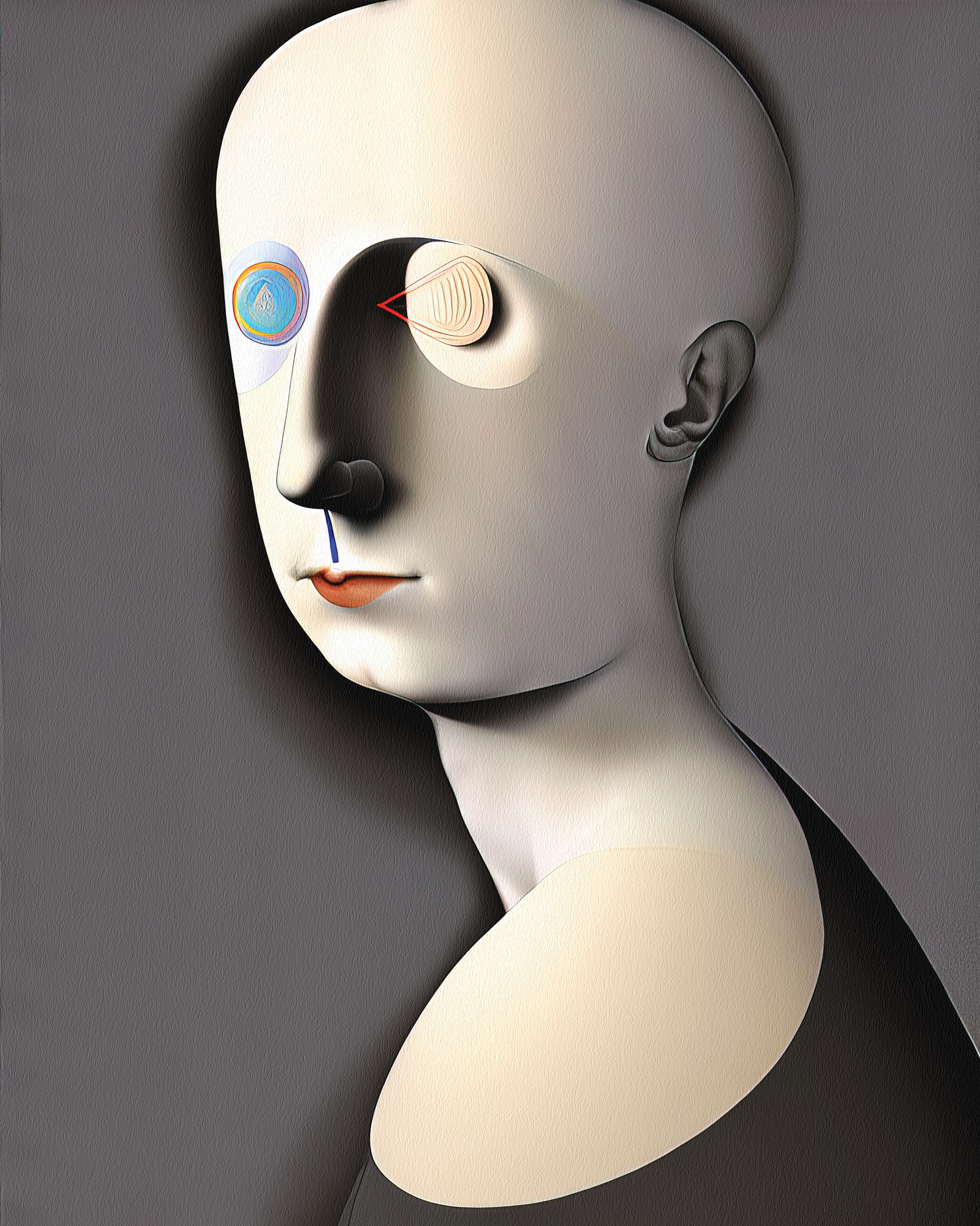
Hilma af Klint
Hilma af Klint (1862-1944) was a Swedish abstract artist and mystic whose pioneering work predates the first purely abstract art of Kandinsky, Mondrian, and Malevich. She was a prolific artist, creating hundreds of abstract paintings, watercolors, and drawings. Her work was largely unknown during her lifetime, and it was not until the mid-20th century that her works began to receive recognition. Her works often explore hidden dimensions of reality, spiritualism, and the relationship between humans, nature, and the cosmos. She strongly believed that her abstract works were guided by an unseen spiritual force, and she often used geometric forms and vibrant colors in her compositions. Today, her works are highly sought after and her legacy has been an inspiration to many modern artists. Hilma af Klint lived and worked in Stockholm, Sweden for most of her life. She also spent time in Rome and the Netherlands, where she studied art and philosophy.
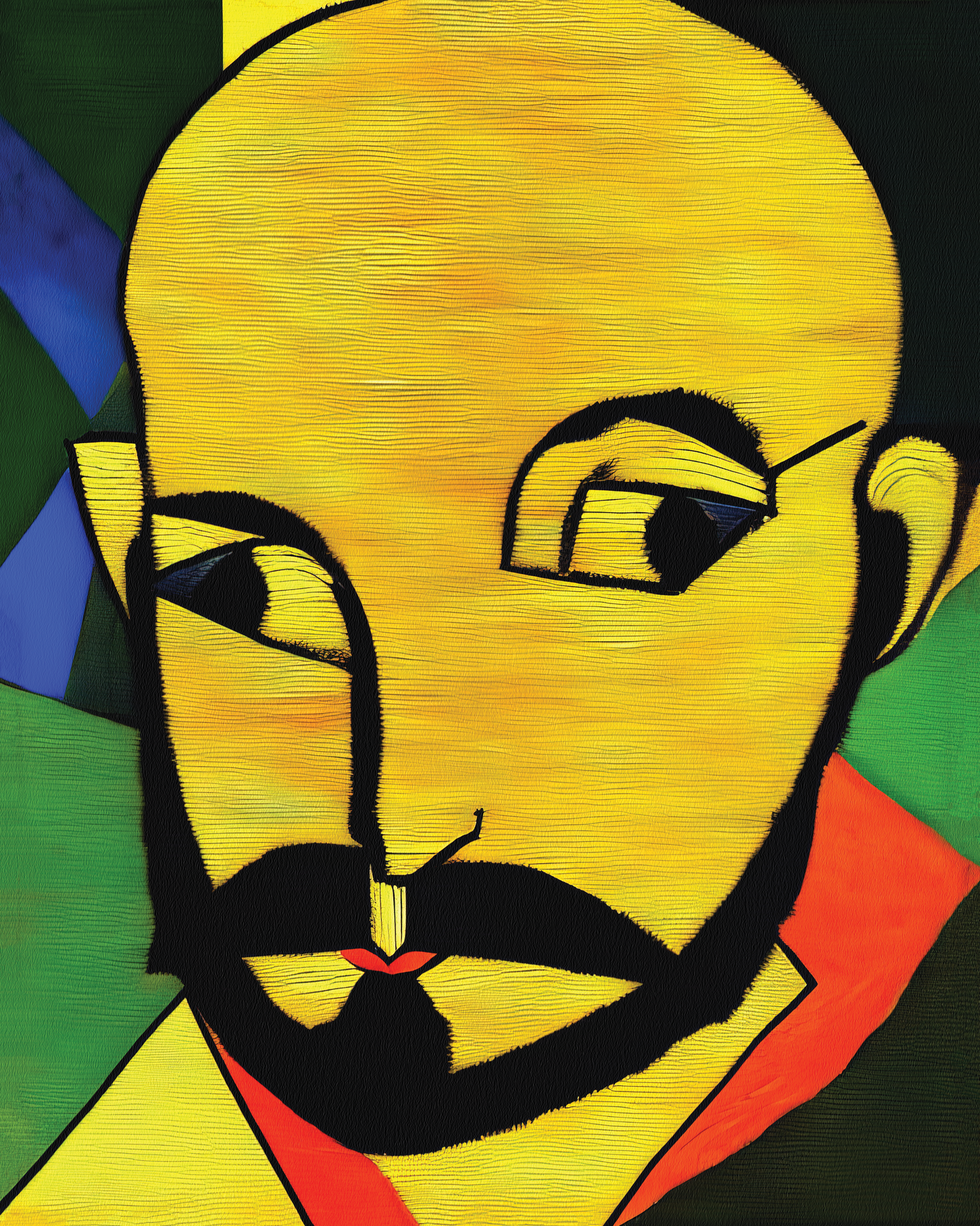
Henri Matisse
Henri Matisse (1869-1954) was a French artist known for his use of vibrant colors, expressive line work, and bold shapes. He was a leading figure in the Fauvism movement and one of the most influential painters of the 20th century. His works range from naturalistic portraiture to abstract sculpture, and he is credited with introducing new ideas about the use of color and form in modern art. Matisse is known for his mastery of the human figure, which he often portrayed in a simplified, almost dream-like way. He also explored the use of pattern, texture, and light to create works of art that are both visually stimulating and emotionally powerful. Henri Matisse lived in France for most of his life. He was born in Le Cateau-Cambrésis and spent his childhood in Bohain-en-Vermandois and Saint-Quentin. He later moved to Paris in 1891 and lived there until his death in 1954.
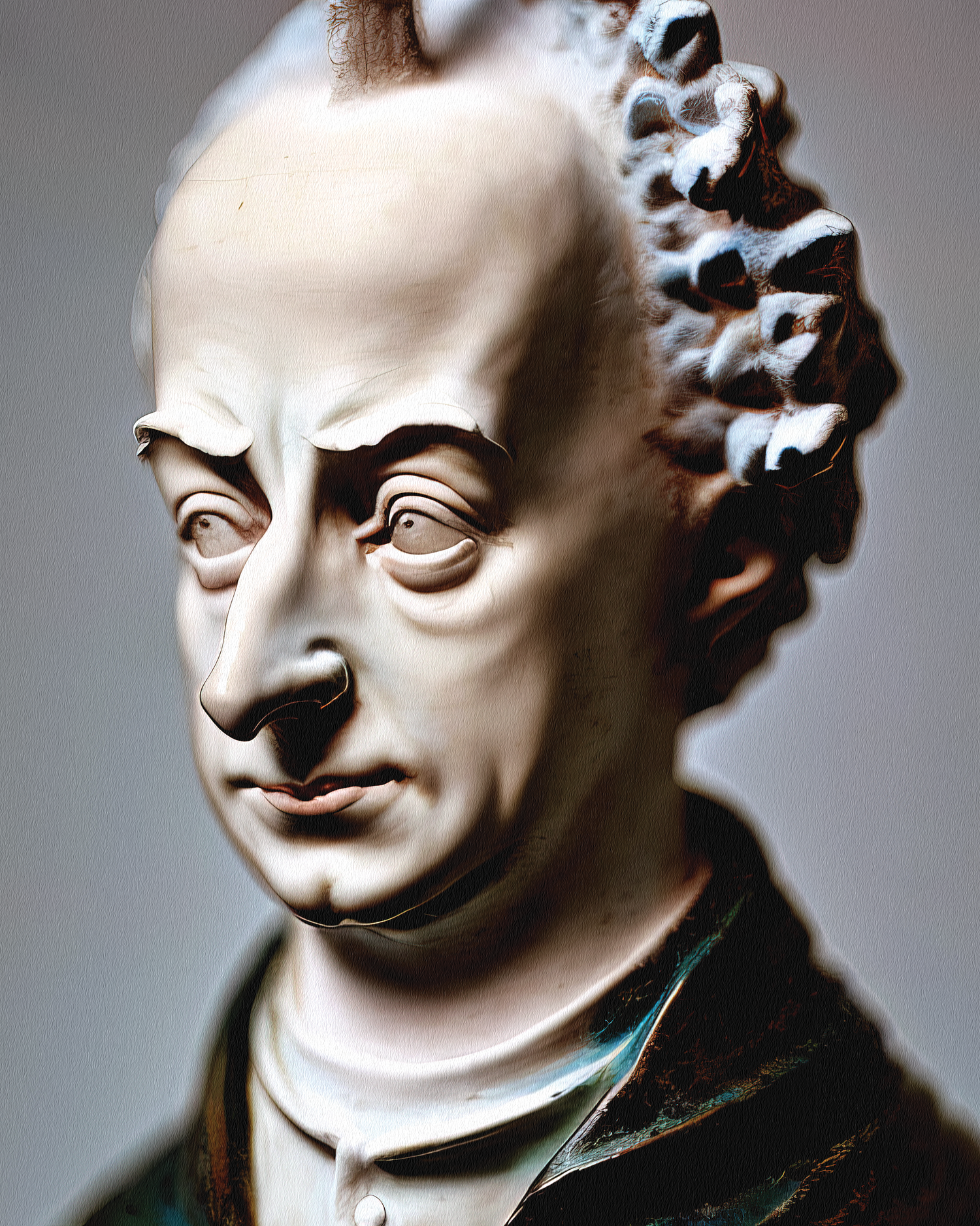
Kantian Aesthetics
Kantian aesthetics is a term used to refer to the philosophical theory of aesthetics developed by German philosopher Immanuel Kant (1724–1804). Kant's aesthetic theory, which is outlined in his Critique of Judgment (1790), is based on the idea that aesthetic experience is a synthesis of our cognitive faculties, such as intuitions, concepts, and feelings. Kant contends that our aesthetic experience involves the combination of subjective and objective elements, which he calls the "free play" of imagination and understanding. In other words, Kant claims that our subjective feelings and intuitions are combined with our understanding of the objective elements of an artwork, such as its form, content, and context. This synthesis of subjective and objective elements results in a unique aesthetic experience which can be shared and discussed by others. Kant's aesthetic theory has been influential in the development of modern aesthetics, and is still studied and discussed today.
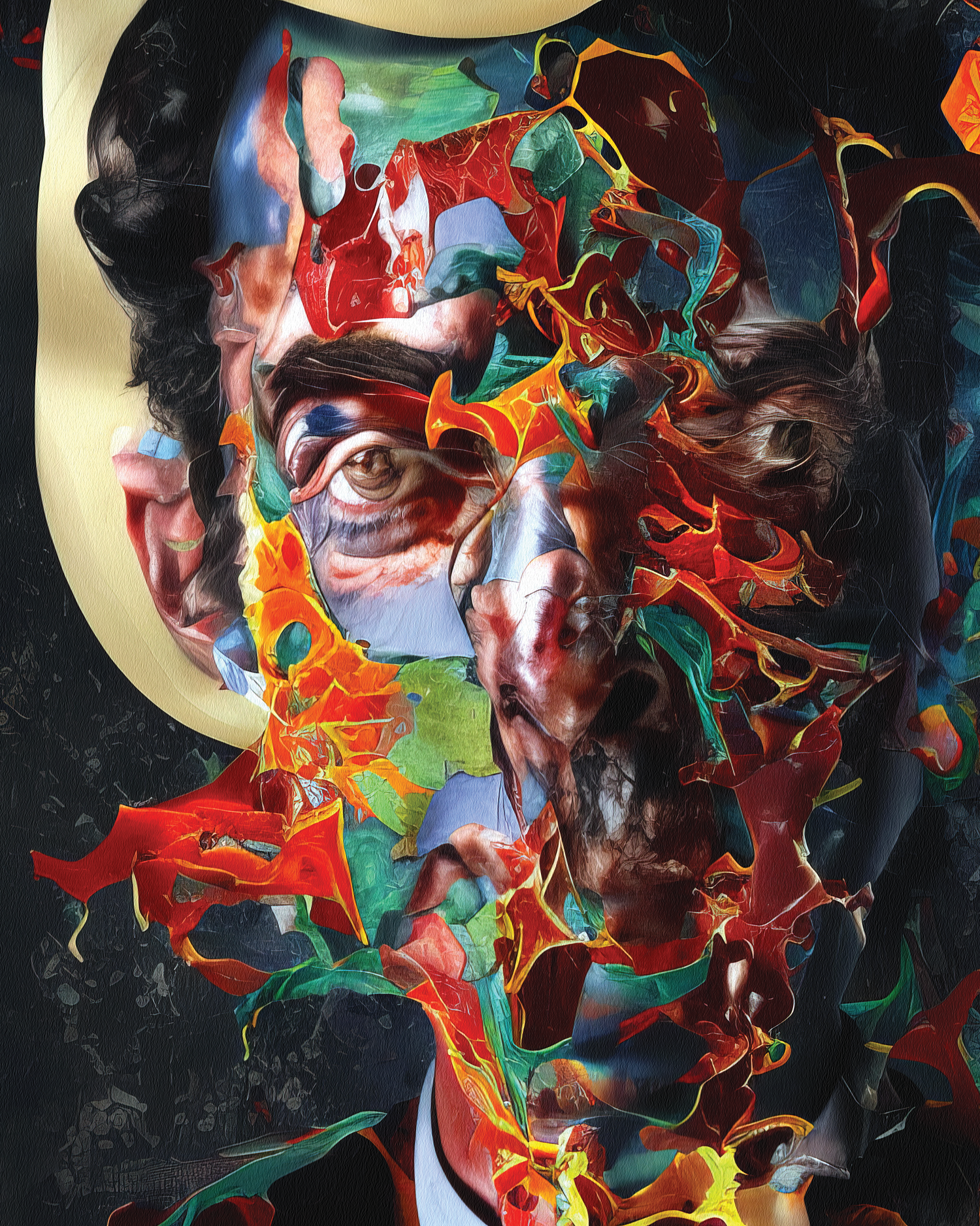
Salvador Dali
Salvador Dali (1904-1989) was a renowned Spanish surrealist painter, best known for his striking and bizarre images. He was born in Catalonia in 1904 and moved to Paris in 1929, where he became a leading figure in the Surrealist Movement. His works explored dreamlike states, the subconscious, and often contained elements of fantasy and irony. His most famous works include The Persistence of Memory (1931) and The Disintegration of the Persistence of Memory (1954). Dali was also known for his eccentric behavior and flamboyant personality. He was an avid self-promoter, often appearing in public wearing outrageous costumes. He was also an accomplished sculptor and filmmaker, and wrote extensively on the topics of art, philosophy, and psychology. In addition, he was a passionate advocate for the avant-garde movement, and was an early adopter of the idea of "interactive art" which allows viewers to interact with the artwork. He continued to paint until his death in 1989.
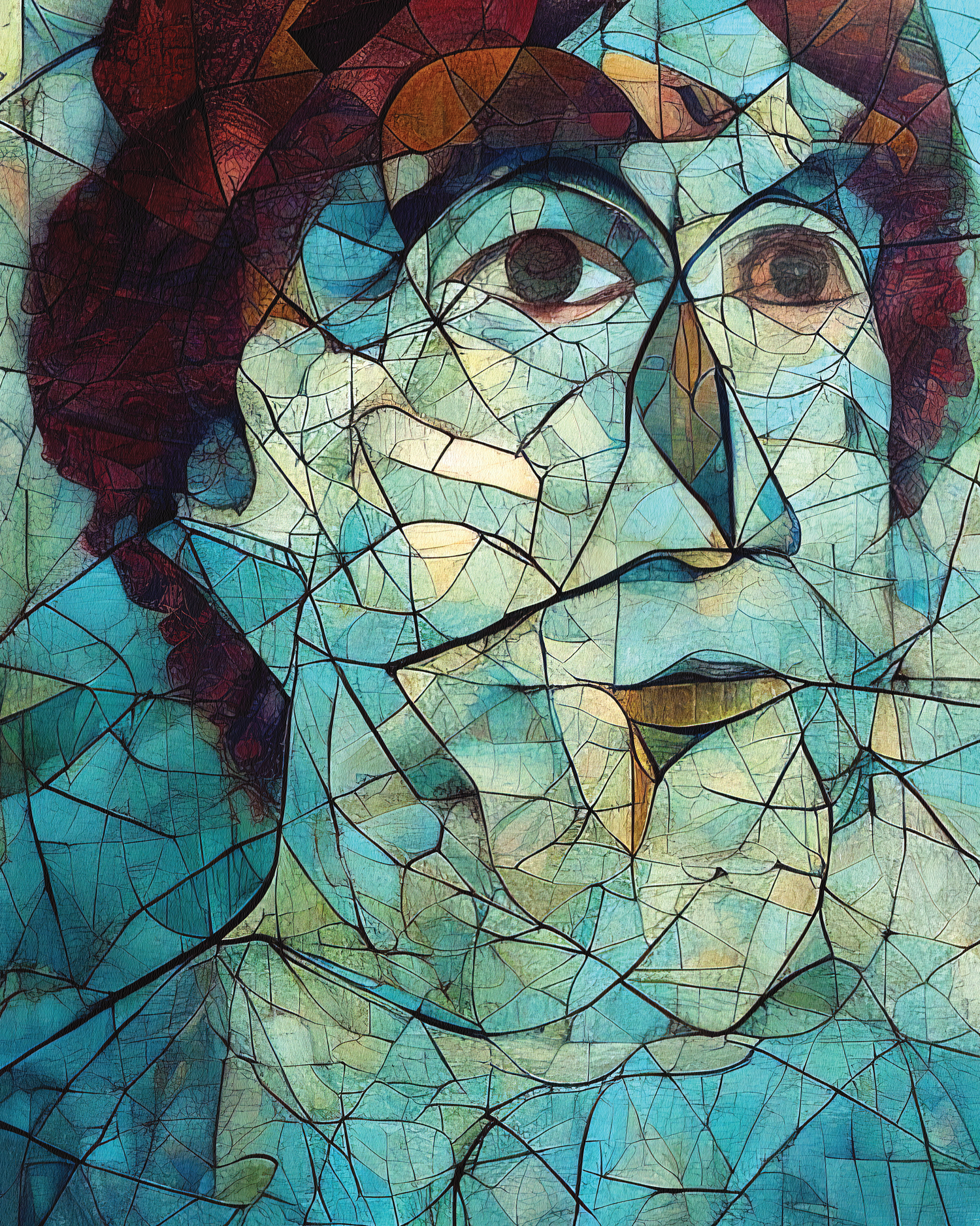
Marc Chagall
Marc Chagall (1887–1985) was a Russian-French artist who is considered to be one of the most important modernists of the 20th century. He is best known for his vibrant and colorful paintings, which often featured dreamlike scenes and characters from his Eastern European Jewish upbringing. Chagall's works often included elements of cubism, surrealism, and fauvism, and his style was heavily influenced by his experience of the Russian Revolution. He is also noted for his stained glass windows, which can be seen in churches and cathedrals around the world. Marc Chagall lived in many places throughout his life, including Russia, France, and the United States. He was born in Vitebsk, Russia (now Belarus), and lived in St. Petersburg and Moscow before moving to France in 1922. He lived in Paris until the outbreak of World War II, when he moved to the United States. He eventually returned to France in 1948, living in the south of the country until his death in 1985.

Helen Frankenthaler
Helen Frankenthaler (1928-2011) was an American abstract expressionist painter. She was greatly influenced by the work of abstract expressionist painters such as Jackson Pollock and Willem de Kooning. Frankenthaler was known for her unique style of painting, which involved pouring thinned paint onto unprimed canvas. This technique, which she called "soak-staining" allowed her to create large, vibrant abstract works. She was also known for her use of color, which she often combined with gestural brushstrokes. Her work was influential in the development of Color Field painting, which emerged in the late 1950s and early 1960s. She was also a major influence on the development of Post-Painterly Abstraction. Throughout her career, she exhibited her work widely and received numerous awards, including the National Medal of Arts in 1989. Helen Frankenthaler lived in New York City for most of her life. She also had homes in Connecticut, Massachusetts, and Maine.